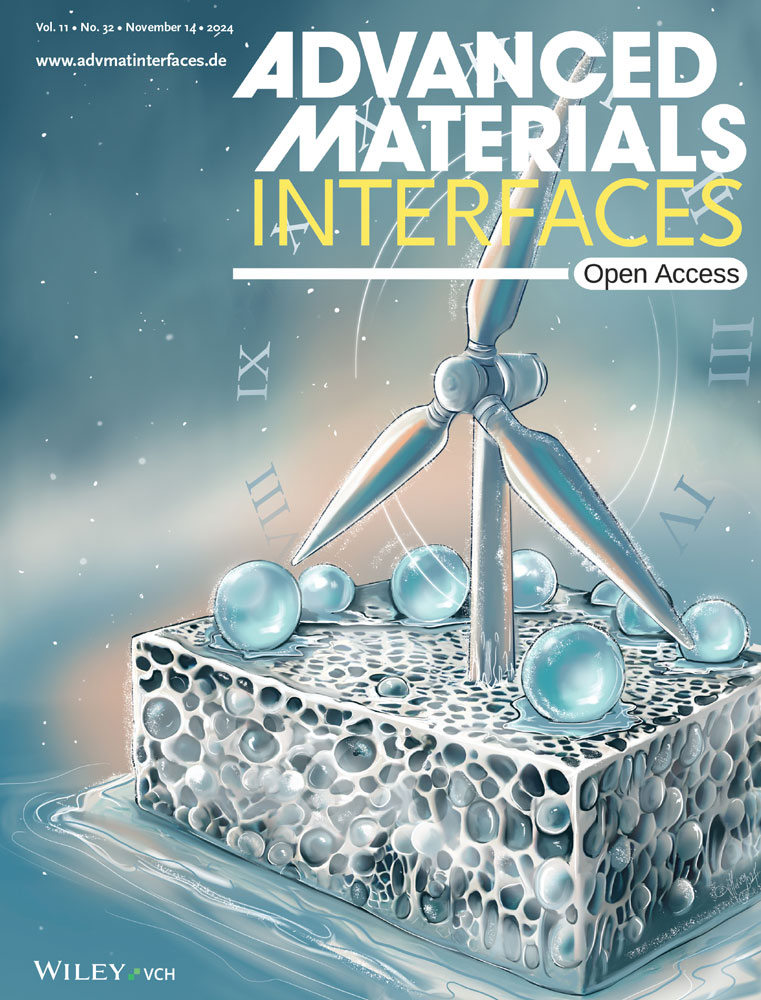Enhanced Dye Removal and Antibacterial Efficacy of Copper‐Doped ZnO Nanoparticles on Cellulose Nanofibers
IF 4.3
3区 材料科学
Q2 CHEMISTRY, MULTIDISCIPLINARY
引用次数: 0
Abstract
Cu‐doped ZnO nanoparticle‐loaded cellulose nanofiber membranes are investigated for their potential photocatalytic and antibacterial properties. ZnO nanoparticles, both undoped and doped with copper, are synthesized by the co‐precipitation process, afterward immobilized onto cellulose nanofibers through the utilization of a dip‐coating technique. Methylene blue (MB) removal is evaluated to inspect the effectiveness of photocatalysts in both UV and Xenon lighting conditions. The morphology and structure of the composite cellulose nanofibers loaded with photocatalysts are then examined using FE‐SEM, TEM, XRD, FTIR, and UV–vis characterizations. Under visible light, the self‐cleaning effects of organic compounds are measured, presenting more than 50% of discoloration for various organic stains. The antibacterial activity is assessed using the Kirby–Bauer disc diffusion method and the plate counting method against the gram‐positive

纤维素纳米纤维上的掺铜氧化锌纳米粒子增强了染料去除和抗菌功效
研究了掺铜氧化锌纳米粒子负载纤维素纳米纤维膜潜在的光催化和抗菌性能。通过共沉淀工艺合成了未掺杂和掺杂铜的氧化锌纳米粒子,然后利用浸涂技术将其固定在纤维素纳米纤维上。在紫外线和氙灯照明条件下,评估了光催化剂对亚甲蓝(MB)的去除效果。然后,使用 FE-SEM、TEM、XRD、傅立叶变换红外光谱和紫外-可见光表征技术检测了负载光催化剂的复合纤维素纳米纤维的形态和结构。在可见光下,对有机化合物的自清洁效果进行了测量,结果表明各种有机污渍的褪色率超过 50%。采用柯比鲍尔盘扩散法和板计数法对革兰氏阳性金黄色葡萄球菌(S. aureus)和革兰氏阴性大肠杆菌(E. coli)的抗菌活性进行了评估。目前的研究表明,涂覆了掺铜氧化锌纳米粒子的纤维素纳米纤维具有优异的光催化和抗菌活性。
本文章由计算机程序翻译,如有差异,请以英文原文为准。
求助全文
约1分钟内获得全文
求助全文
来源期刊

Advanced Materials Interfaces
CHEMISTRY, MULTIDISCIPLINARY-MATERIALS SCIENCE, MULTIDISCIPLINARY
CiteScore
8.40
自引率
5.60%
发文量
1174
审稿时长
1.3 months
期刊介绍:
Advanced Materials Interfaces publishes top-level research on interface technologies and effects. Considering any interface formed between solids, liquids, and gases, the journal ensures an interdisciplinary blend of physics, chemistry, materials science, and life sciences. Advanced Materials Interfaces was launched in 2014 and received an Impact Factor of 4.834 in 2018.
The scope of Advanced Materials Interfaces is dedicated to interfaces and surfaces that play an essential role in virtually all materials and devices. Physics, chemistry, materials science and life sciences blend to encourage new, cross-pollinating ideas, which will drive forward our understanding of the processes at the interface.
Advanced Materials Interfaces covers all topics in interface-related research:
Oil / water separation,
Applications of nanostructured materials,
2D materials and heterostructures,
Surfaces and interfaces in organic electronic devices,
Catalysis and membranes,
Self-assembly and nanopatterned surfaces,
Composite and coating materials,
Biointerfaces for technical and medical applications.
Advanced Materials Interfaces provides a forum for topics on surface and interface science with a wide choice of formats: Reviews, Full Papers, and Communications, as well as Progress Reports and Research News.
 求助内容:
求助内容: 应助结果提醒方式:
应助结果提醒方式:


